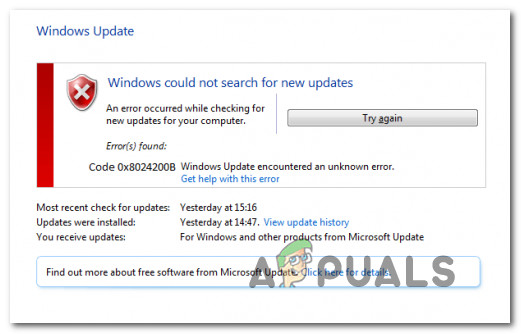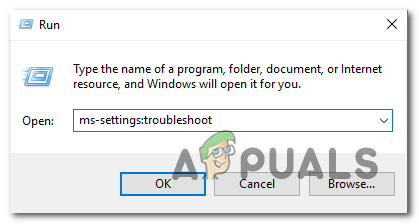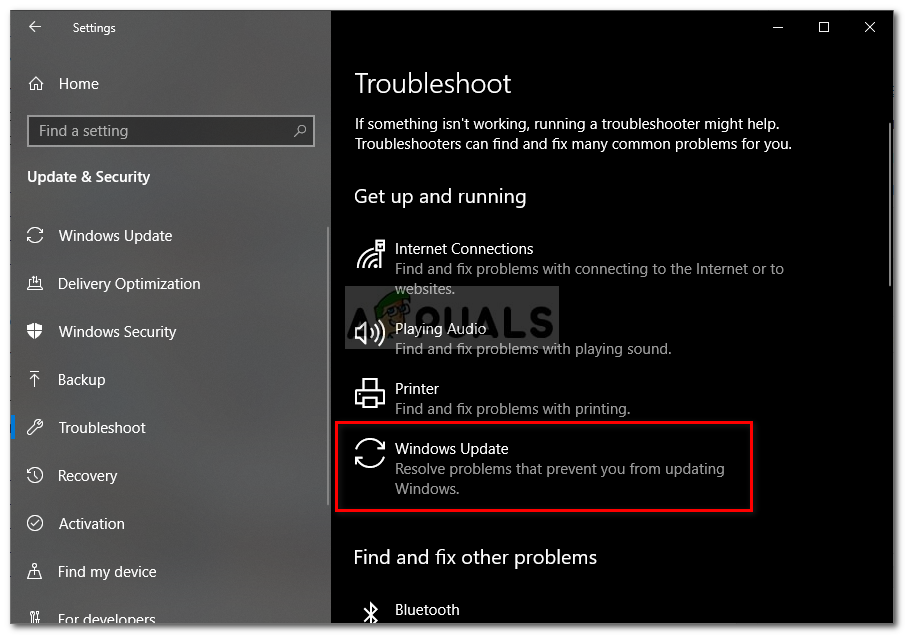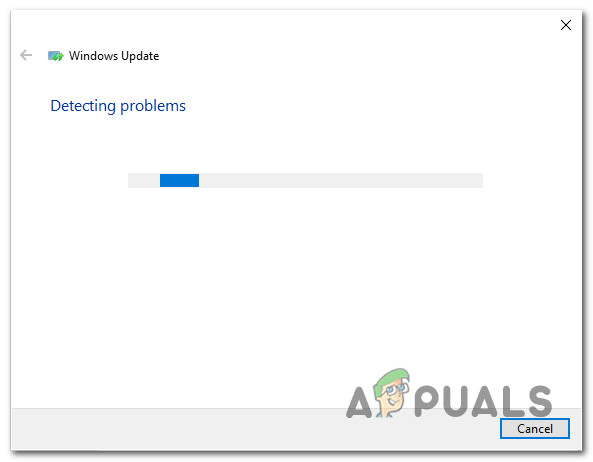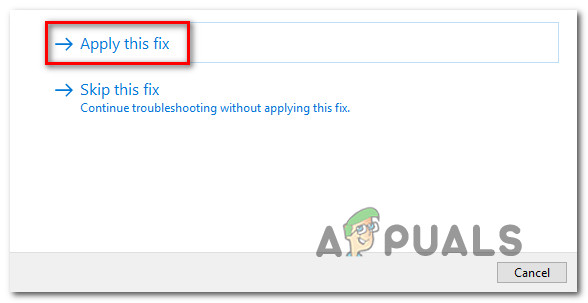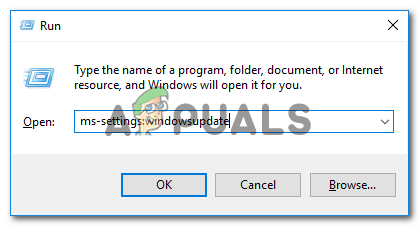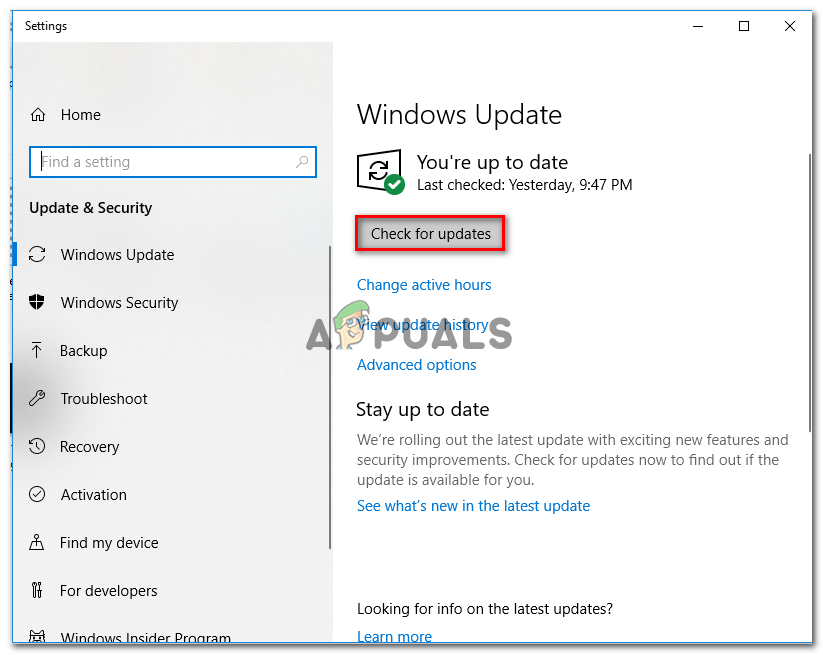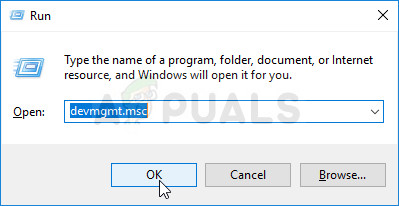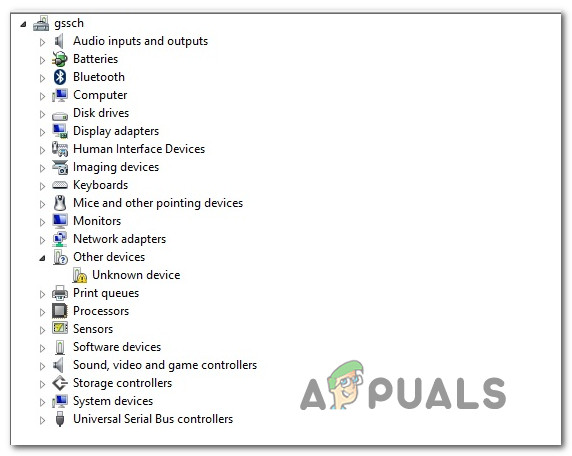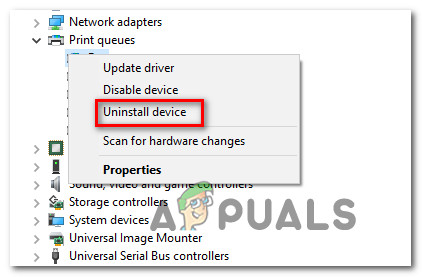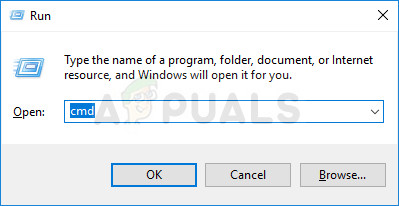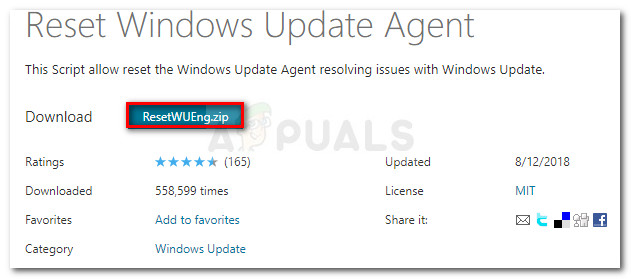What is causing the Error 0x8024200b on Windows?
We investigated this particular issue by looking at various user reports and the repair strategies that they commonly used to fix this particular error message. Based on our investigations, there are several different possible culprits that might be responsible for this problem. Here’s a short list of scenarios that might lead to the apparition of the 0x8024200b error: If you’re currently struggling to resolve the same 0x8024200b error when installing a Windows update, this article will provide you with several different troubleshooting steps. Down below, you’ll find a collection of repair strategies that other users in a similar situation have successfully used to resolve the error. Each of the potential fixes below is confirmed to be effective by at least one affected user. If you want to be as efficient as possible, we advise you to follow the methods below in the order that they are presented since we ordered them by efficiency and severity. Eventually, you should discover a fix that will fix the problem regardless of the culprit that’s causing it. Let’s begin!
Method 1: Running the Windows Update troubleshooter
Your first stop in troubleshooting this issue would be to test out and see if your Windows version is not equipped to resolve the issue automatically. Several affected users have reported that the Windows Update error 0x8024200b was no longer occurring after they ran the Windows Update troubleshooter. This utility is equipped with a series of automatic repair strategies covering the most common scenarios that might break the updating function of Windows. It’s available on all the recent Windows versions including Windows 7, Windows 8.1 and Windows 10. This troubleshooter utility will analyze the WU component as a whole to figure out if any functionality is affected. If it is, it will automatically recommend a viable repair strategy based on the type of issue that is identified. Here’s a quick guide on running the Windows Update troubleshooter: If you still see the 0x8024200b error when you try to install the problematic update, move down to the next method below.
Method 2: Installing all Pending Windows Updates
As it turns out, in most cases this issue occurs due to some severely outdated printer drivers that made their way into a newer WIndows version. Most commonly, this occurs in situations where the user upgrades from an older Windows version to Windows 10 and the old drivers get migrated even though they are not fully compatible with the new operating system. In some cases, this will end up causing frequent update failures until the issue is dealt with. Fortunately, since the issue is quite old, Microsoft has already released a hotfix for this issue. It’s included inside one of the critical updates delivered automatically through WU. If you haven’t installed your pending updates, chances are you will be able to resolve the issue simply by ensuring that you install every pending update (except the one that is failing). Here’s a quick guide on how to do this: If you’re still encountering the 0x8024200b error when you’re trying to install the problematic update or you’re machine was already up-to-date, move down to the next method below.
Method 3: Uninstall any Unknown Printer Driver
If installing every pending update along with the hotfix for the issue didn’t make the 0x8024200b error code to go away, you might be able to fix the issue indefinitely simply by removing the problematic printer driver using Device Manager. A couple of users struggling to fix the same issue have reported that the 0x8024200b error code was no longer occurring and the update installed normally after they removed the ‘Unknown Printer’ device from the list of Printers inside Device Manager. This will end up uninstalling the incompatible driver that is triggering the issue, thus eliminating the software conflict. Here’s a quick guide on uninstalling the printer driver responsible for the 0x8024200b error code: If the same 0x8024200b error code is still occurring, move down to the next method below.
Method 4: Resetting the Windows Update Components
Based on our investigations, the 0x8024200b error code is also encountered in situations where the Windows Update (WU) component has downloaded an update successfully but it has somehow become corrupted before the updating component had the chance to install it. In situations like this, the only viable fix is to reset all Windows Update Components involved in the updating operation and delete (rename) the folders that store the temporary update files. Several affected users have reported that the issue was resolved completely after they followed a series of steps that allowed them to effectively reset all WU components. You can achieve this in two different ways – you can either use a pre-created script that will perform all required operations automatically or you can do it yourself from the terminal. We featured both approaches, so feel free to follow whichever guide is more appealing to you:
Resetting WU from a Command Prompt window
Resetting WU using a WU Agent script
Fix: Windows Update Error “We Couldn’t Connect to the Update Service”[SOLVED] One of the Update Services is not Running Properly in Windows UpdateLast Free Update For Windows 7 Released, KB4534310 And KB45343140 Are The Final…How to Update the Windows Update Agent to the Latest Version
